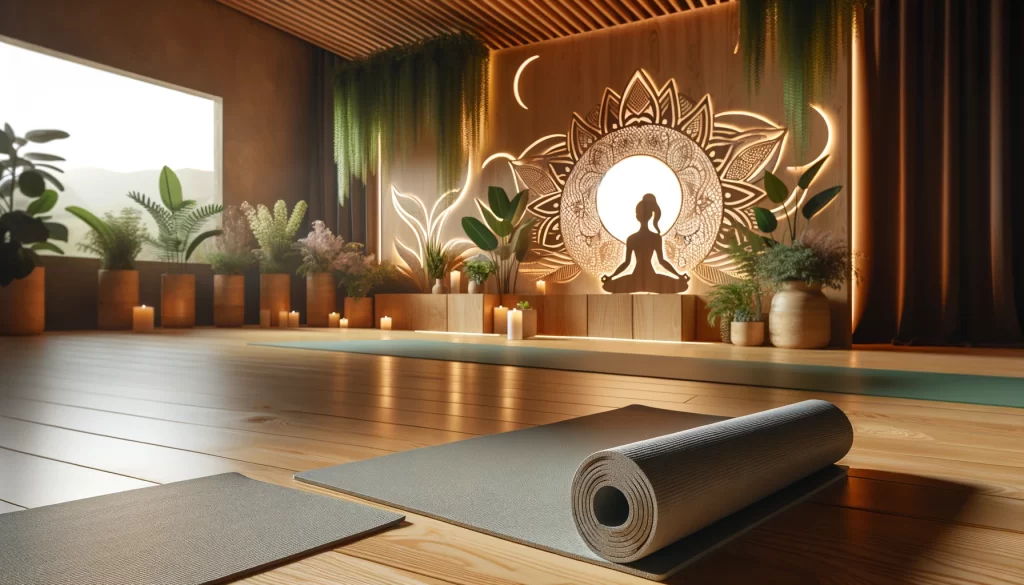Starting a yoga mat business is an exciting venture that taps into the ever-growing wellness and fitness industry. Yoga enthusiasts are always on the lookout for mats that not only support their physical practice but also reflect their personal values, such as sustainability and comfort. Therefore, understanding the market and customer preferences is crucial for success.
When considering features for yoga mats, prioritise materials, thickness, and grip. Eco-friendly materials like natural rubber or recycled materials appeal to environmentally conscious consumers. The thickness of the mat affects comfort, especially on hard surfaces, while a good grip is essential for safety and performance during various yoga poses. Additionally, offering a range of colors and patterns can attract a wider audience by catering to personal style preferences.
Pricing your yoga mats competitively is vital in the Australian market, where prices can range widely depending on the quality and brand reputation. Generally, basic mats can start from as low as $20 AUD, with premium, eco-friendly options reaching up to $150 AUD or more. Setting your price will depend on your cost of production, brand positioning, and target market. Offering products at multiple price points can cater to both budget-conscious buyers and those willing to invest in high-end mats.

Launching a yoga mat business requires a focus on quality, sustainability, and understanding your target audience’s needs. By offering a product that combines functionality with personal values, you can create a strong brand presence in the wellness industry. Competitive pricing, along with strategic marketing and distribution, will play a crucial role in your business’s success.
Launching a yoga mat business on Amazon
To source yoga mats for sale on Amazon, begin by conducting market research to identify popular yoga mat types, materials, and price points that are currently trending. This can be done by browsing through Amazon’s bestseller lists, reading customer reviews, and comparing the features and prices of top-rated products. Once you have a clear understanding of what consumers are looking for, you can explore suppliers who can provide quality yoga mats at competitive prices. Options include contacting manufacturers directly, especially those specialised in eco-friendly or innovative materials, or using platforms like Alibaba or Global Sources to find suppliers who can meet your specifications. Ensure the supplier has a good track record for quality and reliability.
Additionally, consider Amazon’s requirements for sellers, including packaging, labeling, and shipping standards. It’s also beneficial to calculate potential costs and profits, taking into account Amazon’s fees and the logistics of inventory management. Finally, create an attractive product listing on Amazon with high-quality images and detailed descriptions to attract buyers. By carefully selecting a reputable supplier and understanding your target market’s preferences, you can successfully source and sell yoga mats on Amazon.
